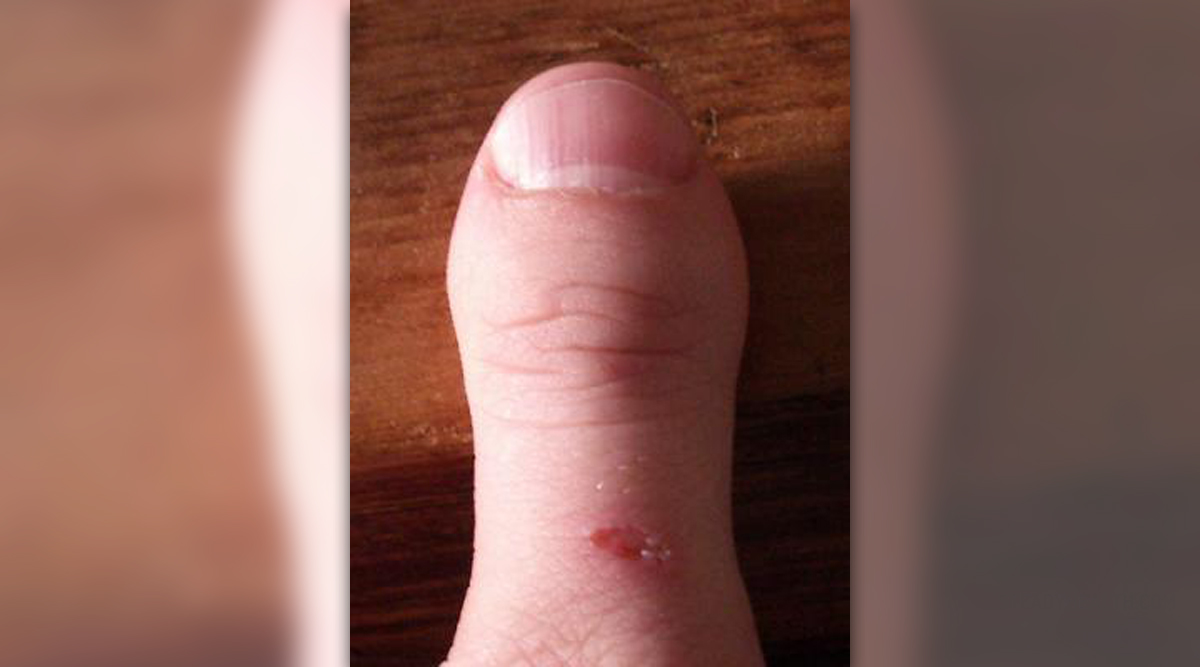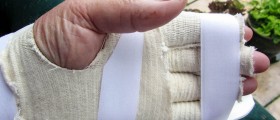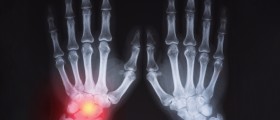
What Is Thumb Arthritis?
Thumb arthritis (basal joint arthritis) is osteoarthritis of the joint at the wrist and the base of the thumb. The condition leads to debilitating hand pain, swelling of the affected joint and decreased strength as well as range of motions. A person suffering from thumb arthritis finds it hard to perform certain activities such as turning a doorknob or opening jars.
The actual cause of thumb arthritis (similarly to osteoarthritis of any other joint) remains unknown. Experts believe there are some contributing factors such as obesity, the process of aging, joint injury or stress, hereditary factors, muscle weakness and so called cumulative load to the joint. If the joint if healthy cartilage covers the ends of the bones that form the joint. The cartilage acts as a cushion and allows bones to glide smoothly against each other. However, in case of thumb arthritis, the particular cartilage deteriorates and its surface becomes rougher. The bones rub against each other without the proper protection and this leads to joint friction and subsequent damage.
Treatment for Thumb Arthritis
The goal of the treatment for thumb arthritis is to reduce pain, maintain/improve joint movement and minimize disability. The doctor may recommend only one treatment or a combination of treatments such as self-care measures, activity modifications, splints, medications and physical therapy. In early stages of the disease conservative treatment is sufficient while progression of the disease requires surgery.
Splints are prescribed to patients suffering from thumb arthritis in order to support the affected joint and limit the movement of the thumb and the wrist. They can effectively decrease the pain, encourage proper positioning and help the joint rest. Some patients wear the splint at night while others must wear it throughout the day and night. There are several types of splints available and a person can also have one specially made (a custom made splint that fits patient's hand). Additional help is obtained from specific exercises created by an occupational or physical therapist specialized in treating hand disorders.
Medications commonly prescribed to patients suffering from thumb arthritis include acetaminophen and nonsteroidal anti-inflammatory drugs (NSAIDs) such as ibuprofen and naproxen that are available over-the-counter. Such medications can be effective in reduction of pain but they also have many side effects such as gastric or duodenal ulcers, cardiovascular problems, liver and kidney damage. These side effects usually occur if the treatment lasts for a longer period of time.
Corticosteroid injections are administered directly into the affected joint and they provide with pain relief and efficiently reduce inflammation. Unfortunately, corticosteroid injections are only a temporary solution to this progressive and degenerative condition.
If a patients does not respond to the previously mentioned treatments he/she may require surgery. An arthroscopy is a procedure during which a surgeon makes an incision in the area around the thumb and inserts an instrument called aryhroscope. With this instrument the doctor can fully investigate the inside of the joint and if the joint requires repair several more instruments are inserted into the joint and the joint is operated. There are several procedures that may be performed in case of thumb arthritis and they include joint fusion, osteotomy, trapeziectomy and joint replacement. Which particular procedure will be performed depends on the damage to the joint.








-Symptoms,-Diagnosis,-Treatment_f_280x120.jpg)








Your thoughts on this
Loading...